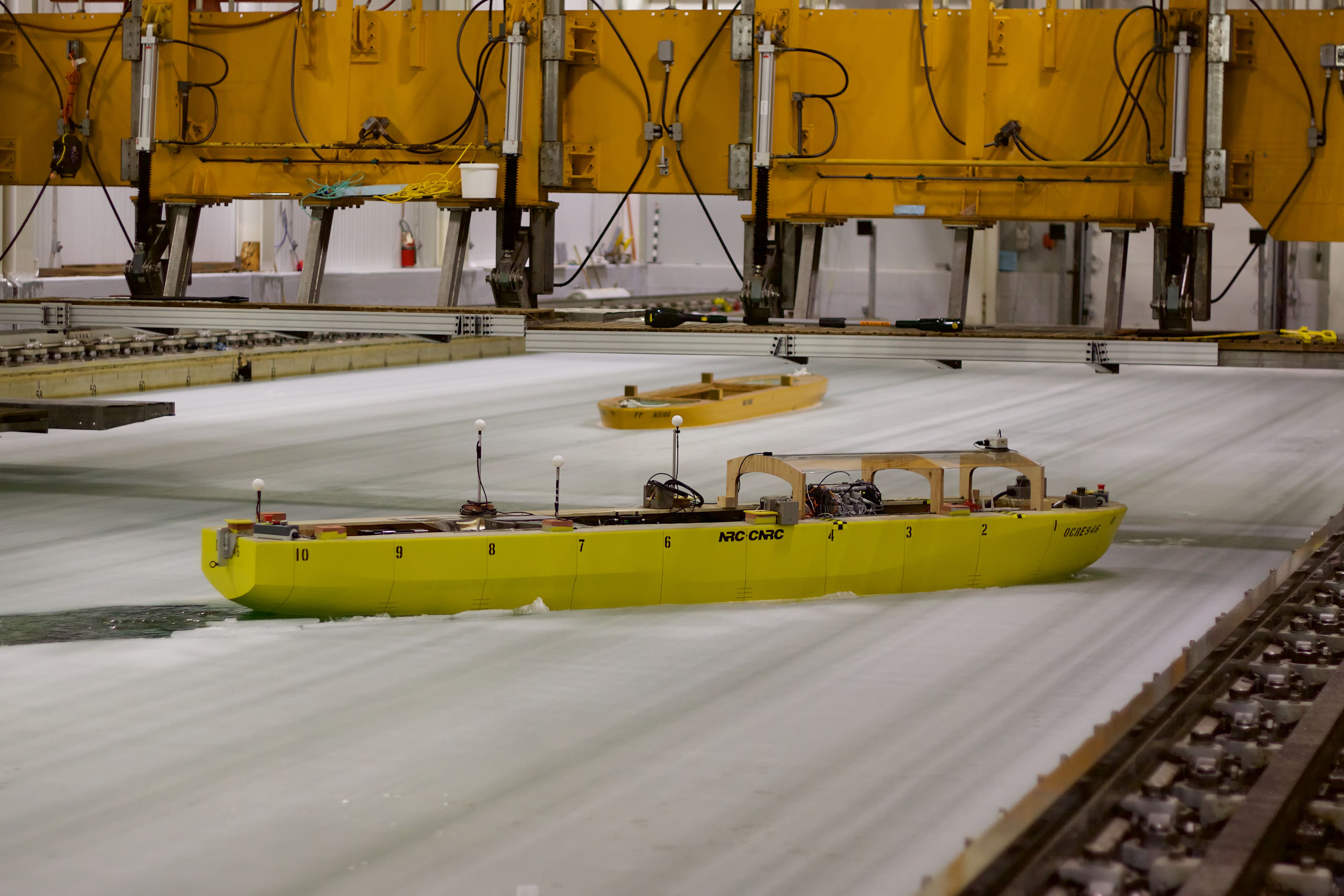High Latitudes, Higher Tension: Ice-Diminished Arctic Does Not Extend a Warm Welcome
...
Speaking at the Navy League’s Sea-Air-Space exposition in May, Commandant of the Coast Guard Adm. Karl Schultz announced that the service had just contracted for its new Polar Security Cutter (PSC), calling it the “first recapitalization of the heavy icebreaker capability in the nation in more than 40 years.” Simultaneously, and what Schultz said was no coincidence, the Coast Guard issued its new “Arctic Strategic Outlook.”
The U.S. Navy released “Strategic Outlook for the Arctic” in January, which outlines the objectives of defending U.S. sovereignty and the homeland from attack, ensuring that the Arctic remains a stable and conflict-free region, preserving freedom of the seas, and promoting partnerships within the U.S. Government and with allies and partners to achieve these objectives.
According to the Danish “Defence Agreement 2018-2023,” “Climate change brings not only better accessibility, but also an increased attention to the extraction of natural resources as well as intensified commercial and scientific activity. There is also increased military activity in the area.”..
All of these documents and action underscore concerns about presence, sovereignty, safety and security, environmental, economic, and world power competition in the Arctic. Russia has been open about its massive military buildup in the Arctic, but Russia has a vested interest in extracting resources and building access to markets. In fact, Russia gets 20 percent of its gross domestic product from the north — not the situation in North America [emphasis added]. In 2018, China announced in its official Arctic strategy a $1 trillion program to develop polar regions economically, declaring itself a “Near-Arctic State.” Russia’s military expansion and China’s attempts to invest in a ports on Baffin Island and airports in Greenland have alarmed the West. However, all the nations have a goal to maintain the Arctic as a low-tension area, stressing cooperation and collaboration...
The Royal Canadian Navy has commissioned [not yet] the first of six Harry DeWolf Arctic and offshore patrol vessels, and two more are planned for the Canadian Coast Guard. The CCG is also modifying three icebreakers procured from Sweden for use in Canadian waters...
There has been an increase in traffic in Canada’s Northwest Passage, including transits by the Crystal Serenity cruise ship in 2016 and 2017. But the ice is unpredictable and prevented ships from getting through last year. The 27 rural communities in Canada’s Nunavut territory are not connect by roads, but must be resupplied once a year by ship or barge, and are dependent on the capability to operate in the Arctic in the summer. Both the Royal Canadian Navy and Coast Guard hope their new ships will allow them to work farther north, and upgrading a former mining pier at Nanasivik to be used as a refueling port will let them stay longer.
Cooperation
Also speaking at Sea-Air-Space, U.S. Coast Guard Deputy Commandant for Operations Vice Adm. Daniel B. Abel talked about profound partnerships and native knowledge. He served previously in command of the 17th Coast Guard District in Juneau, Alaska, where he learned to “Listen to those who live there, who are impacted by the Arctic.”
The Alaskan coastline is more than 6,600 miles long, Abel said — more than the entire coastline for the lower 48 states. So cooperation is an absolute necessity.
“We work closely with our partners in the Arctic, including our neighbors in Canada, who are the best partners we could ever have [emphasis added],” Abel said.
But that includes all the players in the Arctic. “The distance across the Bering Strait is 44 miles, the same distance as Washington is to Baltimore. That’s how close the United States is to Russia,” Abel said. “Clearly, we have to cooperate.”
Commissioner of the Canadian Coast Guard Jeffery Hutchinson, speaking at the Sea-Air-Space, said the Arctic is “not as frozen as it once was, but from where we sit, there’s still lots of ice [emphasis added].”
The U.S. and Canada work closely with the other Arctic nations, as members of the Arctic Coast Guard Forum. “We all understand the vastness in the Arctic, in the ice, on the seas and on the land. It requires everyone to pull together,” Hutchinson said. “There isn’t an Arctic nation that hasn’t had to rely on another Arctic nation, at some point — and I say that with pride and humility.
One important way nations cooperate in through scientific research and environmental data collection. This fall the German research icebreaker Polarstern will get stuck in the Arctic ice on purpose, and drift for a year as teams of 600 scientists and researchers from 17 countries rotate on and off the ship to collect data that would otherwise be impractical or impossible. The Multidisciplinary drifting Observatory for the Study of Arctic Climate (MOSAiC) will study the Arctic climate system and how it relates to global climate models. The U.S., Canada, Denmark, Finland, Iceland, New Zealand, Norway and Sweden are participating in the International Cooperative Engagement Program for Polar Research (ICE-PPR), which shares in the development and use of polar sensors and remote sensing techniques, data collection, environmental modeling and prediction, and associated human factors involved in operating in the extreme latitudes. The Canadian Armed Forces are leading the multinational Joint Arctic Experiment...
https://seapowermagazine.org/high-latitudes-higher-tension-ice-diminished-arctic-does-not-extend-a-warm-welcome/





